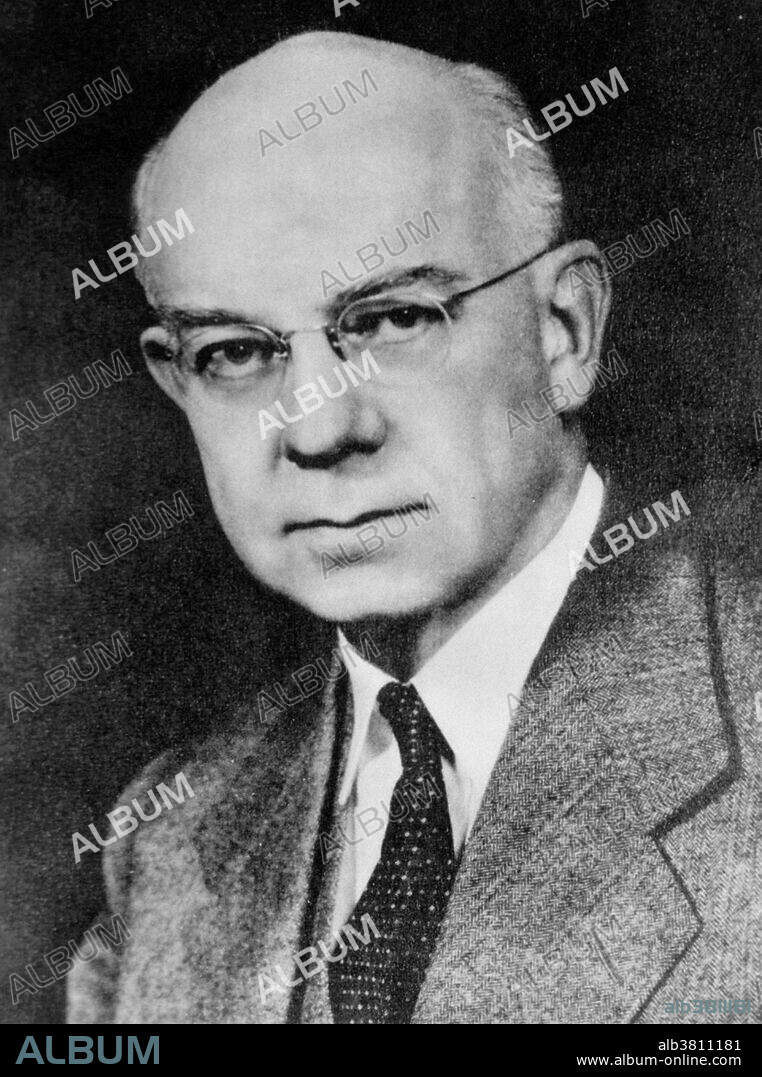alb3811181
Edward Calvin Kendall, American Chemist

|
Ajouter à une autre Lightbox |
|
Ajouter à une autre Lightbox |



Avez-vous déjà un compte? S'identifier
Vous n'avez pas de compte ? S'inscrire
Acheter cette image.
Sélectionnez l'usage:

Titre:
Edward Calvin Kendall, American Chemist
Légende:
Voir la traduction automatique
Edward Calvin Kendall (1886-1972) was an American chemist. He attended Columbia University and got his PhD in 1910. He was Director of the Division of Biochemistry at the Mayo Foundation where he did his research. Kendall made several notable contributions to biochemistry and medicine. His most notable discovery was the isolation of thyroxine. Kendall was also involved with the isolation of glutathione and determining its structure. He then isolated several steroids from the adrenal gland cortex, one of which was initially called Compound E. Working with Mayo Clinic physician Philip Showalter Hench, Compound E was used to treat rheumatoid arthritis. The compound was eventually named cortisone. In 1950, Kendall and Hench, along with Swiss chemist Tadeus Reichstein were awarded the 1950 Nobel Prize in Physiology or Medicine for "their discoveries relating to the hormones of the adrenal cortex, their structure and biological effects." Kendall's career at Mayo ended in 1951, when he reached mandatory retirement age. He lived to the age of 86.
Crédit:
Album / NLM/Science Source
Autorisations:
Taille de l'image:
2700 x 3628 px | 28.0 MB
Taille d'impression:
22.9 x 30.7 cm | 9.0 x 12.1 in (300 dpi)
Mots clés:
AMÉRICAIN • BIOCHIMIE • BIOCHIMISTE • CÉLÈBRE • CELEBRITE • CHERCHEUR • CHIMIE • CHIMISTE • DECOUVREUR • EXPLORATEUR • HOMME • LAUREAT DU PRIX NOBEL • MEDICAL • NOBEL • PERSONNAGES • PERSONNALITÉS • PERSONNE • PORTAIT • PORTRAIT • POTRAIT • PRIX NOBEL • RECHERCHE • RHUMATISME • SCIENCE: CHIMIE • XXE SIECLE


 Pinterest
Pinterest Twitter
Twitter Facebook
Facebook Copier le lien
Copier le lien Email
Email
